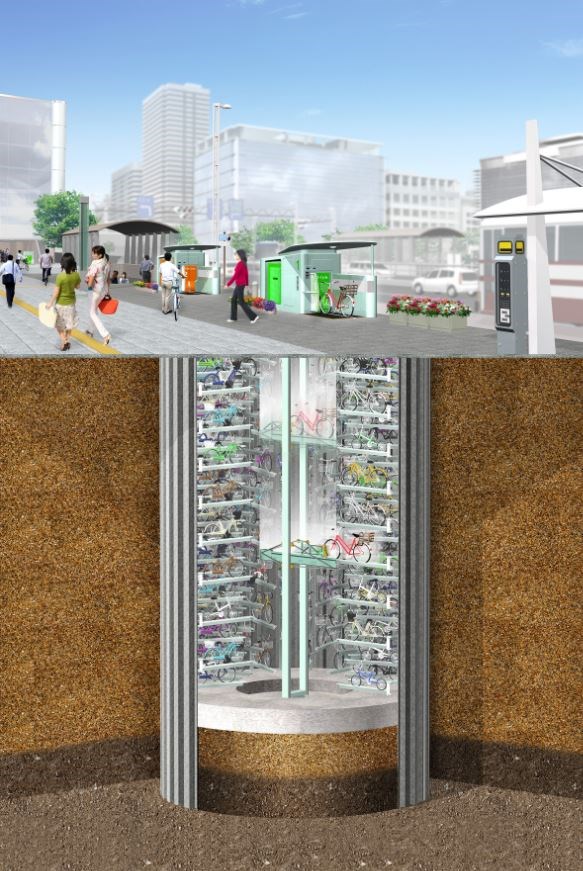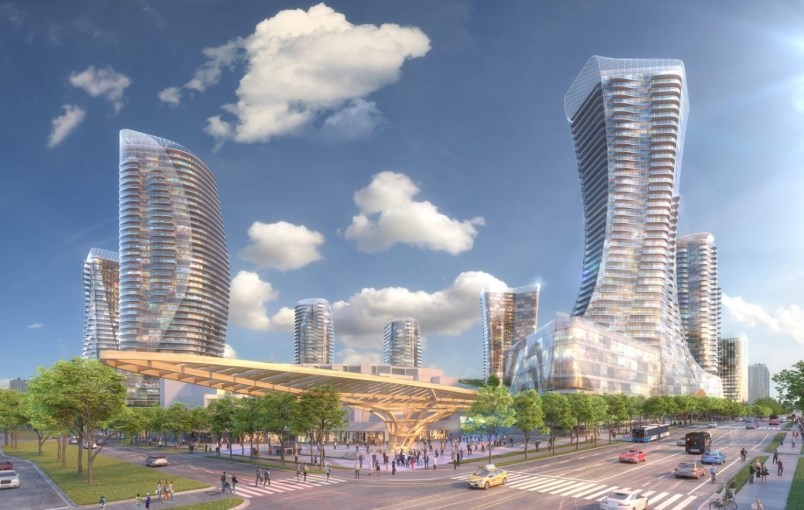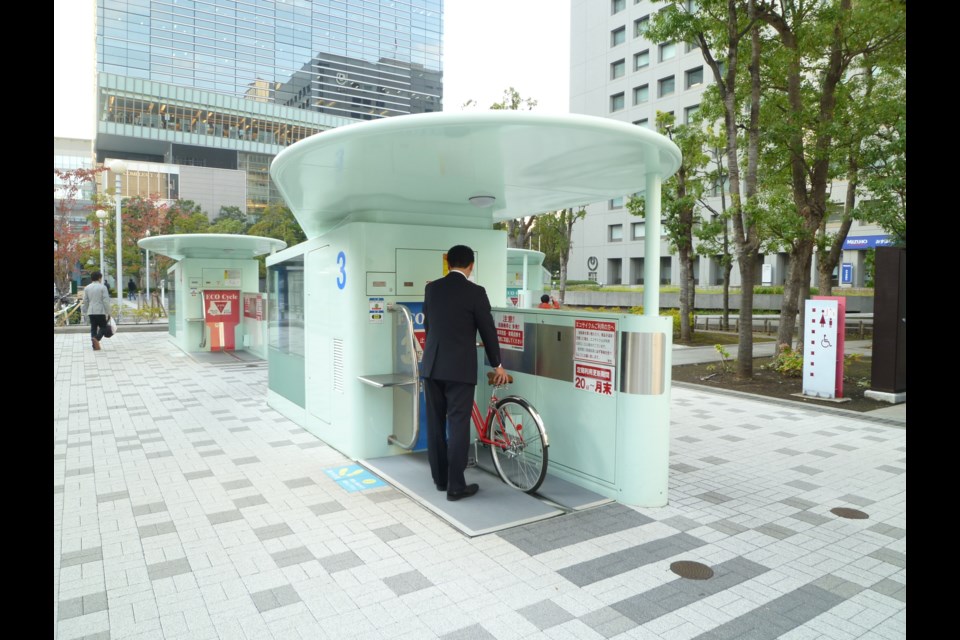If Oakridge Centre redevelopers’ predictions prove correct, once the massive project — which includes a shopping centre, residential units, a civic centre, arts and music venues, a library and a park — is completed, it will attract 42 million visitors annually. That calculation includes 26 million shoppers, five million cultural visitors, two million library visitors, four million residential visitors and five million park visitors.
Ian Gillespie, founder of Westbank, which is developing partners with QuadReal on the project, has compared the figure to the number of people going through Pearson International Airport in Toronto. In 2015, 41 million people travelled through Pearson.
In Oakridge’s case, it raises questions about how visitors will get to the site — by cycling, driving or transit — and how those modes of transportation will be accommodated.
While the project is still in the final permit process, if it receives all the necessary approvals from the city, the redevelopment could be completed by 2025.
Aside from creating a new road around the back of the site, the developers are also planning a pedestrian-only high street through it. The project will also be integrated into existing bike paths in Vancouver.
At this point, 5,330 parking stalls are being planned, down 1,200 from what was outlined in the 2014 proposal. The parkade, meanwhile, is being designed with flexibility to reclaim spaces for uses beyond parking and car storage as automobile technology evolves.
Bike silos are one of the cycling-related innovations included in the plans. A bike silo is an automated system for bike storage, in which bikes are stored below ground in a secure, 11-metre deep well. The bikes can be retrieved from below in 13 seconds. It’s considered a more efficient use of space.
Although popular in Japan for years, it will be one of the first implementations of bike silos in North America, according to the developers.

Many visitors, however, will likely use Canada Line to get to Oakridge. But is it prepared to handle the extra volume?
There were 140,000 boardings on the Canada Line on an average day in 2017, according to TransLink.
Chris Bryan, a senior media relations advisor for TransLink, acknowledged this can cause frustration at stations during peak travel periods, but he said service is increasing and more relief is on the way.
“We recently increased and extended peak service on weekdays in both January and December 2017. We are also in the process of procuring more cars for Canada Line — which will help us deliver a significant increase in capacity and frequency,” he wrote in an email to the Courier. “As well, we are adding additional high-frequency, limited stop B-Line service to 41st Avenue by end of 2019.”
Bryan also said TransLink continues to anticipate growth across the region and plans are in place to meet the demand.
“With 1.2 million new residents coming to the region over the next 30 years, the Mayors’ 10-year Vision is helping to ensure we are ready. We are optimistic that full funding for Phase Two of the Vision will be approved soon, and keep us on track for building the transit system our city needs as it grows,” he wrote.

While the proposed Oakridge Mall redevelopment is “ambitious and large,” Bryan said, in terms of the actual scale, it’s not unusual compared to the kind of development in other areas of the SkyTrain system.
He said developments planned or under construction around Brentwood, Lougheed and Gilmore stations on the Millennium Line each exceed the number of residential units planned at Oakridge.
“Based upon the latest capacity analysis for the Oakridge Canada Line Station, we expect that a number of [facility] improvements will be needed including additional escalators and faregates, and station house modifications, and the extending of the inbound and outbound platforms to 50 metres,” he explained, adding TransLink works closely with stakeholders for development projects adjacent to its transit infrastructure “to ensure projects will be well-integrated with our system, and that there is easy and convenient access for our customers."
"TransLink is in the process of negotiating and reviewing various proposed changes with the Oakridge developers and the City of Vancouver at this time. We look forward to integrating their future development with the transportation infrastructure of the region.”
noconnor@vancourier.com



